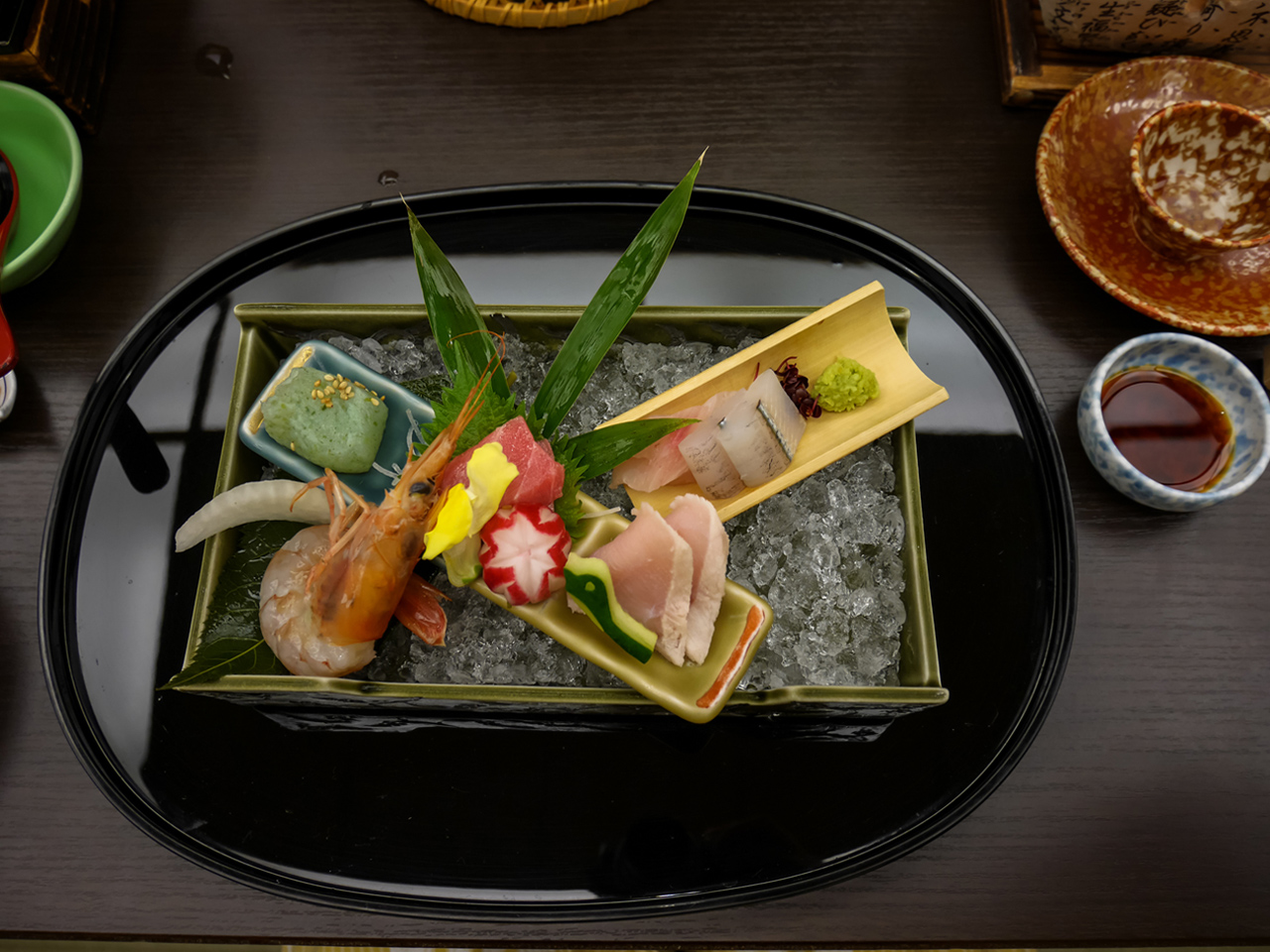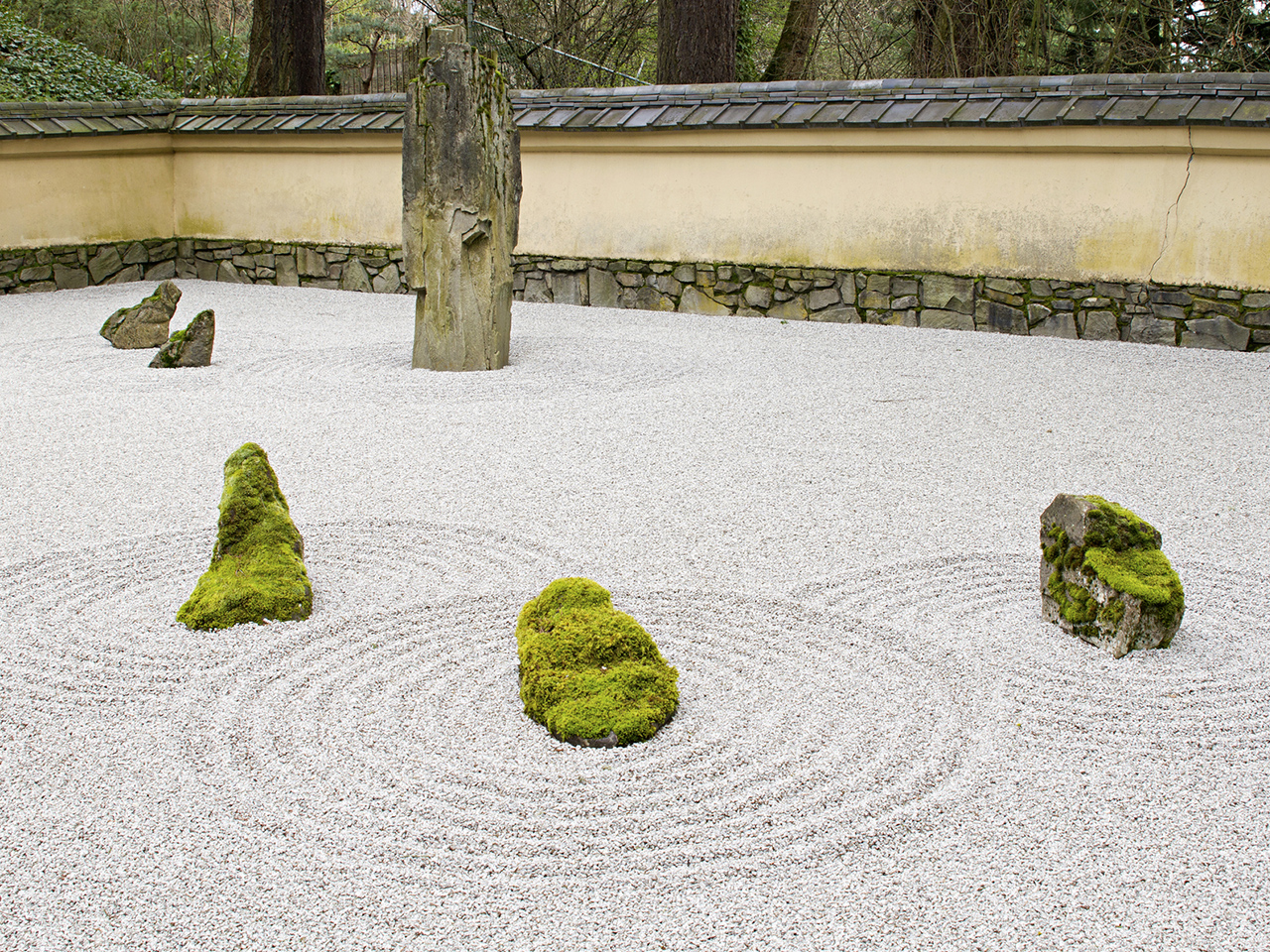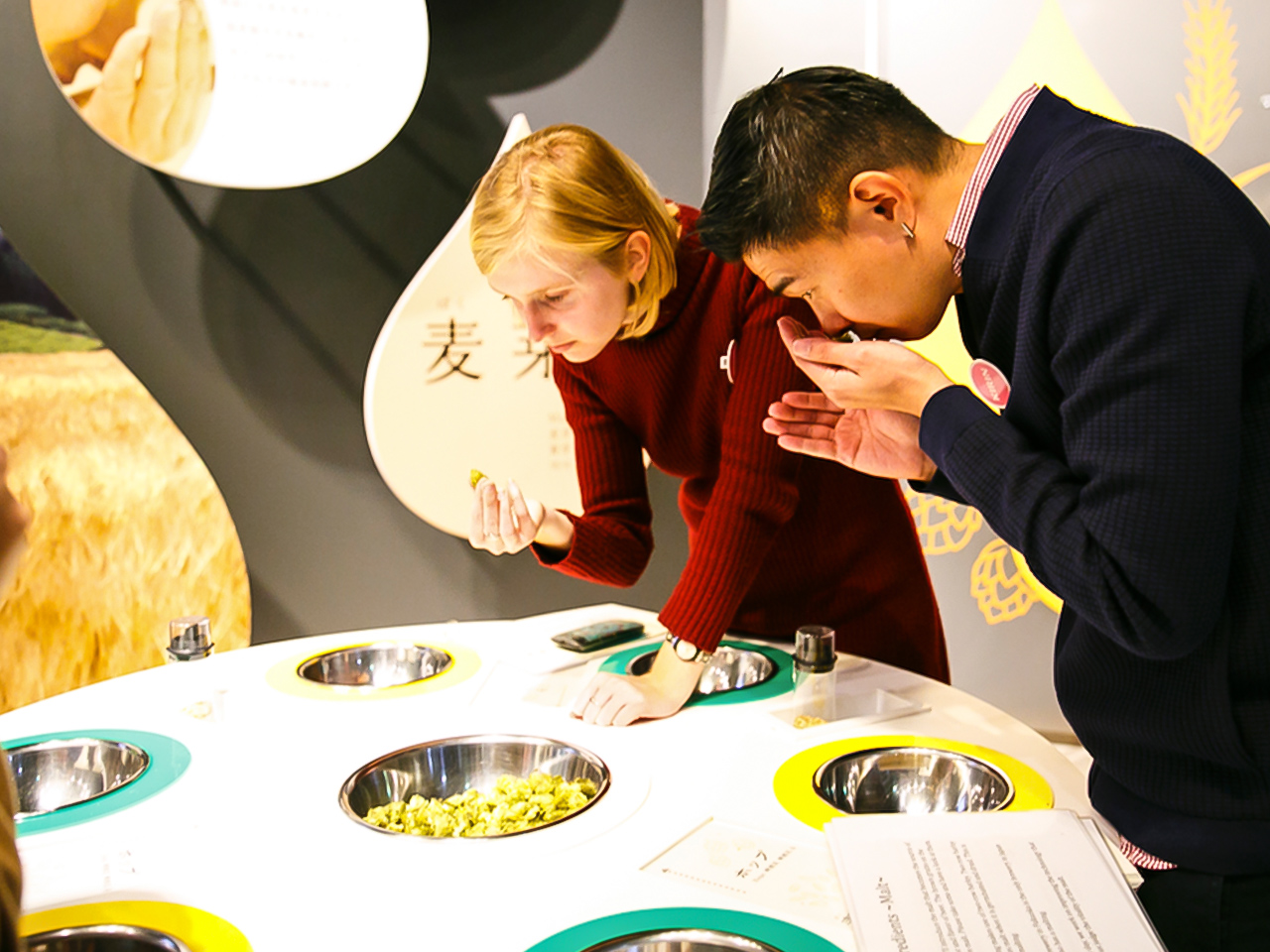Temple Carpenters (miyadaiku)
Ever wonder how all the beautiful and ancient Japanese buildings are so well maintained? Miyadaiku are carpenters specialised in restoring traditional Japanese architecture such as temples and shrines. It’s impressive how these national treasures are made from wood and have remained so over the centuries, despite earthquakes and other natural disasters.
Besides excellent preservation techniques which are not easy to achieve, these carpenters have a broad knowledge about climate and vegetation of the territory. Due to their strong spiritual connection and deep appreciation of nature, their working-posture blends in naturally, making these cultural assets indestructible.
This precious knowledge is passed down verbally from master to apprentice, which has led to the narrowing down of the number of remaining carpenters today to approximately one hundred. Since Japanese architecture always focuses on wooden components, miyadaiku are well versed in taking character and balance of each single wooden pillar into consideration, as well as handling them very carefully, symbolizing the culture of teinei very well. This Japanese method of timberwork is called kigumi. Every process is performed by hand, without using nails or bolts. The timber itself acts as the joint which is cut into interlocking shapes; more than one hundred different joint constructions exist, some still undocumented.
Shrines and temples of the Kamakura (1185-1333) and Muromachi period (about 1336-1573) are considered to be the most beautiful with the best construction techniques. If you see one under restoration, take a closer look and appreciate this rare type of craftsmanship.



